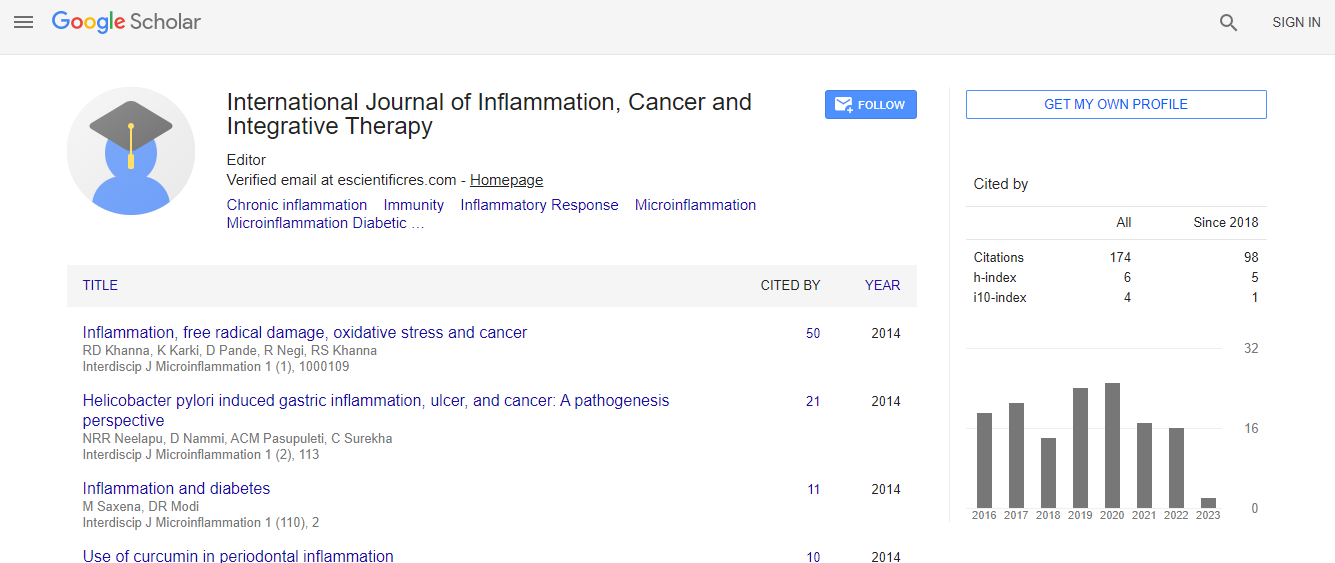Case Report
Transepitheial High Fluence Crossliniking for Keratoconus
Amin ZY1* and Pinelli R21Ophthalmologist and Refractive Surgeon of Dr Yazan Zahran Eye Clinic, Amman, Jordan
2Scientific Director of Istituto Laser Microchirurgia Oculare, Brescia, Italy
- *Corresponding Author:
- Dr. Zahran Yazan Amin
Ophthalmologist & Refractive Surgeon of Dr Yazan Zahran Eye Clinic
Amman, Jordan, Italy
Tel: 00962796078785
E-mail: yazanr@hotmail.com
Received date: July 26, 2014; Accepted date: August 4, 2014; Published date: August 6, 2014
Citation: Amin ZY, Pinelli R (2014) Transepitheial High Fluence Crossliniking for Keratoconus. Microinflammation 1:105 doi: 10.4172/2381-8727.1000105
Copyright: 2014 Amin ZY, et al. This is an open-access article distributed under the terms of the Creative Commons Attribution License, which permits unrestricted use, distribution, and reproduction in any medium, provided the original author and source are credited.
Abstract
Purpose: To evaluate the efficacy and safety of Transepitheial crosslinking for halting the progression of keratoconus.
Methods: Uncorrected and corrected visual acuity, simulated keratometry, corneal topography and pachmetry (CSO Italy) data were evaluated at baseline and at 5 months and one year after bilateral Transepithelial crosslinking using Paracel and KCL device Avedro.
Results: The keratometry and UCVA, BCVA at the baseline and after 5 months, one year of follow-up was stable and even improved with time.
Conclusion: The Transepithelial Cross linking can be safely and effectively halt the progression of keratoconus as demonstrated by follow up. Keratoconus is a non-inflammatory conelike ectasia of the cornea, which is usually bilateral and progress over time with consequent central and paracentral thinning of the stroma and irregular astigmatism. The only known treatment for arresting the progression of the keratoconus is Collagen corneal crosslinking the two mainly widespread techniques for Crosslinking is EPI-ON, EPI-OFF. The main advantages of the Transepithelial crosslinking technique over the traditional technique that its pain free with no stromal edema with the possibility to treat both eyes at the same session plus the morphological advantages of reducing the rate of death of keratocytes and the number of endothelial cells. With the improvement of this technique it could be the standard treatment for keratoconic patients.

 Spanish
Spanish  Chinese
Chinese  Russian
Russian  German
German  French
French  Japanese
Japanese  Portuguese
Portuguese  Hindi
Hindi 
